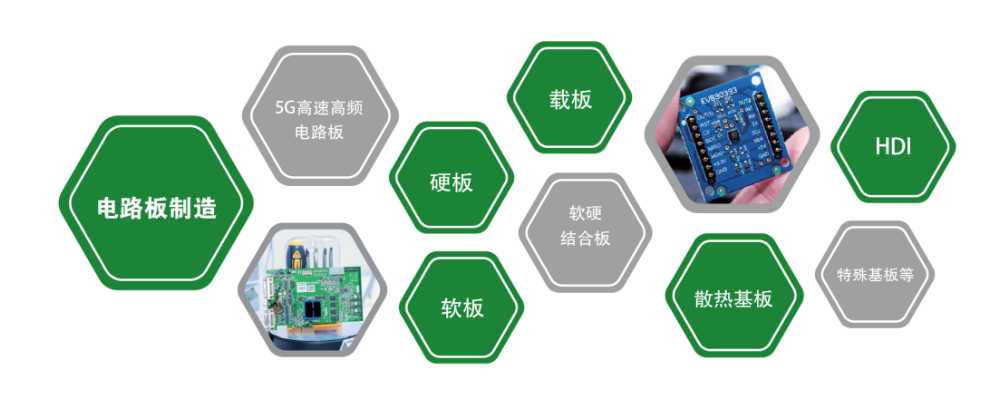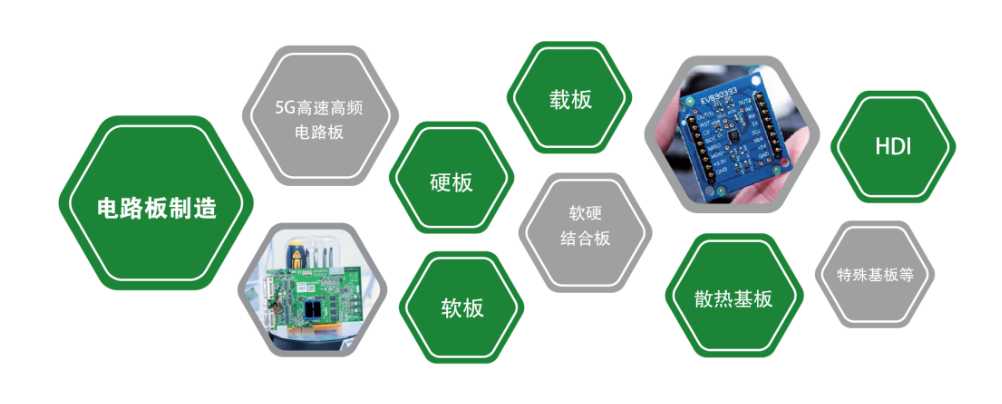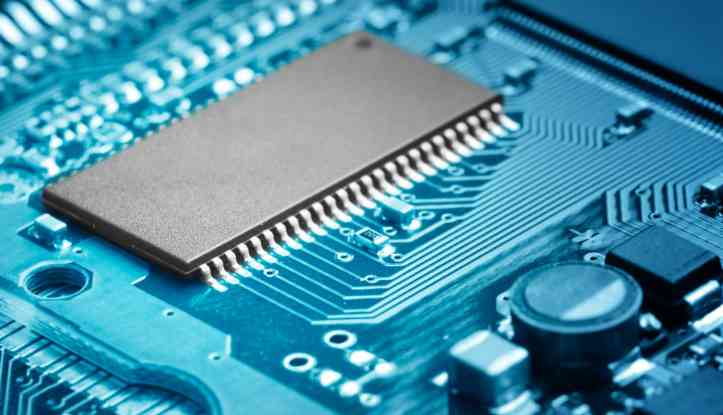
1. Introduction
With the increasing complexity of the functions and performance of electronic products, the density of printed circuit boards and the frequency of its related devices are increasing. It has become an important topic for designers to maintain and improve the speed and performance of the system. Higher signal frequency, steeper edge, smaller printed circuit board size and higher wiring density make the influence of crosstalk in high speed PCB design significantly increase. Crosstalk is an objective problem, but if it exceeds a certain limit, the circuit may be triggered by mistake, and the system cannot work normally. The designer must understand the mechanism of crosstalk and apply appropriate methods in the design to minimize the negative effects of crosstalk.

2. Generation and variation trend of high-frequency digital signal crosstalk
Crosstalk refers to the unwanted noise voltage signal caused by the mutual coupling of electromagnetic fields between adjacent signals when the signal is propagated on the transmission line, that is, the energy is coupled from one line to another line.
For the convenience of analysis, we describe the crosstalk model of two adjacent transmission lines according to the discrete equivalent model. The characteristic impedance of the transmission lines AB and CD is Z0, and the terminal matching resistance R=Z0. If the driver source at point A is an interference source, the lines between A and B are called the Aggressor line. The lines between C and D are called the Victim line. The crosstalk at the driver end of the interfered network near the interference source network is called near end crosstalk (also known as backward crosstalk). The crosstalk near the receiving end of the interference source network is called remote crosstalk (also known as forward crosstalk). Crosstalk mainly comes from the mutual inductance Lm and mutual capacity Cm formed between two adjacent conductors.
2.1 Perceptual Coupling
First, only the perceptual coupling caused by mutual inductance Lm is considered. The magnetic field of the signal transmitted on lines A to B induces voltage on lines C to D. The magnetic coupling acts like a transformer. Since this is a distributed transmission line, mutual inductance also becomes a series of transformers distributed on two adjacent parallel transmission lines. When A voltage step signal moves from A to B, each transformer distributed on the interference line will, in turn, induce a disturbance spike pulse to appear on the interfered network. The magnitude of the voltage noise superimposed by mutual inductance on the interfered network is proportional to the change in the driving current on the interfered network.
It is worth noting that the polarity of the mutual inductance coupling of each section of the coupling transformer is different. The interference energy induced to the interfered network is forward and backward in the order, but the polarity is reversed and travels along the transmission line CD to point C and D respectively.
The forward interference energy in the direction of C is proportional to the incident voltage and each mutual inductance component Lm, because all the forward interference energy arrives at point C almost at the same time, so the forward interference energy is proportional to the total amount of mutual inductance between the two transmission lines. The longer the parallel length of the transmission lines, the greater the total amount of mutual inductance will be generated, and the forward interference energy will also increase. However, the difference between the backward interference energy to point D and the forward interference energy to point C is that although the total coupling area of the two is the same, the interference component induced by each mutual inductance transformer reaches D in sequence, and the effective time of the backward interference energy is as long as 2Tp(Tp is propagation delay). With the extension of parallel length of the line (that is, the mutual inductance increases), The magnitude of backward crosstalk does not change, but the duration increases.
2.2 Capacitive coupling
Mutual capacity is another mechanism for generating crosstalk. Mutual capacity Cm will generate an induced current on the interfered network, which is proportional to the rate of voltage change on the interfered network. The noise generated by mutual capacity Cm can be calculated as follows:
The coupling mechanism of distributed coupled capacitors is similar to that of distributed inductively coupled capacitors, except for the polarity of the coupling. The polarity of the forward and backward interference energies of the mutual capacitance coupling is positive.
2.3 Composite effects of mutual inductance and mutual capacitance
Usually, capacitive and inductive crosstalk occur simultaneously. According to literature [1], we can obtain the formula for calculating the total crosstalk of the near end and the far end respectively, which are formed by the superposition of capacitive coupling and inductive coupling respectively.
Where, Z0, C, l, Cm, Lm, L, V0 are the characteristic impedance, capacitance per unit length, inductance per unit length of transmission line, coupling capacitance and coupling inductance between two transmission lines, parallel length of two transmission lines and peak voltage.







